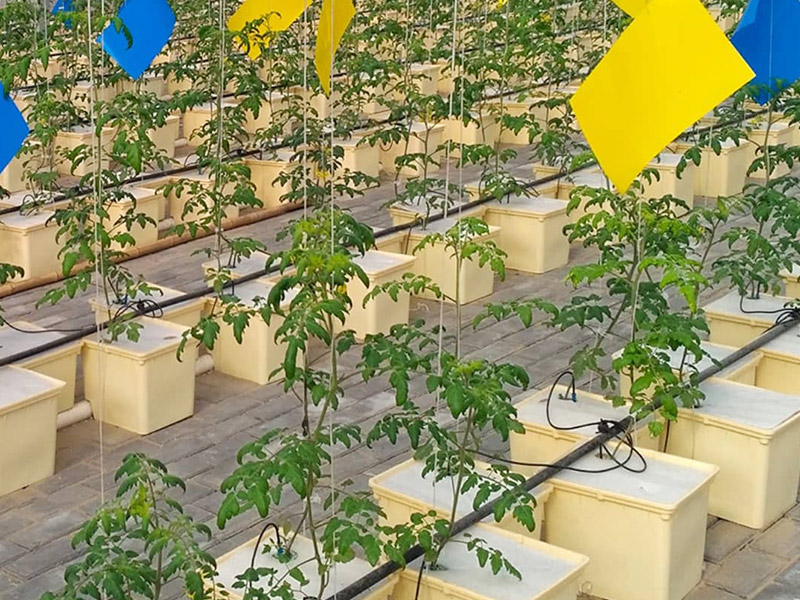Search
What Are You Looking For?
What Are You Looking For?
Smart greenhouses are different from traditional greenhouses in many ways. Here are some of the main differences:
1. Automated control: Smart greenhouses use automated technology and sensor networks to monitor and control the greenhouse environment. By using sensors to measure parameters such as temperature, humidity, and light, smart greenhouses can monitor and adjust environmental conditions in real time to best meet the needs of crops. Traditional greenhouses usually require manual monitoring and adjustment of environmental conditions.
2. Remote monitoring: Smart greenhouses can be remotely monitored and controlled via the Internet. Farmers can monitor the conditions in the greenhouse through smartphones, tablets, or computers and make necessary adjustments. This remote monitoring enables farmers to manage and supervise the operation of the greenhouse anytime, anywhere, and improve production efficiency.
3. Automatic irrigation and fertilizer supply: Smart greenhouses are equipped with automatic irrigation systems and precise fertilizer supply systems. According to the needs of crops, smart greenhouses can automatically control the supply of water and nutrients to ensure that crops receive appropriate water and nutrients.
4. Data analysis and optimization: Smart greenhouses can collect a large amount of data and analyze and optimize them. By analyzing sensor data, crop growth and environmental conditions, smart greenhouses can provide decision support to help farmers optimize planting plans, predict yields, and save energy and resources.
5. Energy saving and environmental protection: Smart greenhouses usually use energy-saving technologies such as solar power generation systems, high-efficiency insulation materials and energy-saving lighting systems to reduce energy consumption. In addition, smart greenhouses can also reduce the use of chemical pesticides and water, thereby reducing pollution to the environment.
In general, smart greenhouses provide a more efficient, precise and sustainable planting environment through the application of technologies such as automation, remote monitoring, data analysis and optimization, which helps to improve the yield and quality of crops and reduce the waste of resources.

 00971547555396
00971547555396 sunnnyemail@gmail.com
sunnnyemail@gmail.com AlAin AlFaqaa, Abudhabi, UAE
AlAin AlFaqaa, Abudhabi, UAE
 Service Hotline:
Service Hotline:  WhatsApp:
WhatsApp: 